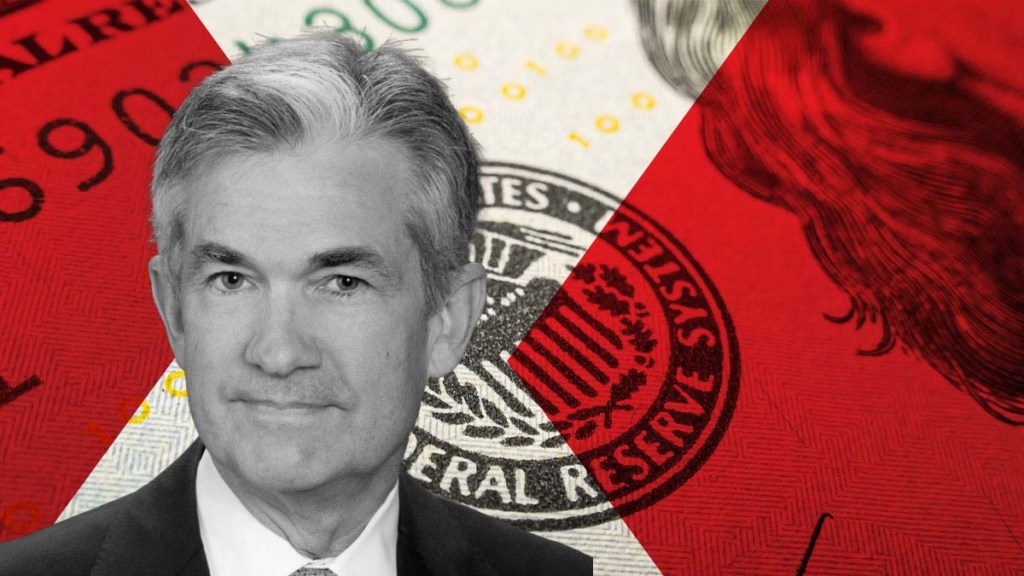Mortgage rates little changed this week as investors assessed Federal Reserve Chairman Jerome Powell’s latest comments on rate hikes. To sum it up: a very strong labor market remains the main driver behind the Fed’s rate setting decisions and more tightening is still to come.
The Freddie Mac’s Primary Mortgage Market Survey, which focuses on conventional and conforming loans with a 20% down payment, shows the 30-year fixed rate averaged 6.71% as of June 29, up marginally from last week’s 6.67%. By contrast, the 30-year was at 5.70% a year ago at this time.
Other mortgage indexes also show rates slightly rising.
The 30-year fixed rate for conventional loans was 6.91% at Mortgage News Daily on Thursday morning, up one basis points from the previous week. HousingWire’s Mortgage Rates Center showed Optimal Blue’s 30-year fixed rate for conventional loans at 6.69% on Wednesday, compared to 6.66% the previous week.
“Mortgage rates have hovered in the 6% to 7% range for over six months and, despite affordability headwinds, homebuyers have adjusted and driven new home sales to its highest level in more than a year,” said Sam Khater, Freddie Mac’s chief economist in a statement. “New home sales have rebounded more robustly than the resale market due to a marginally greater supply of new construction. The improved demand has led to a firming of prices, which have now increased for several months in a row.”
This week’s consumer confidence and new home sales came strong but investors are still watching the Federal Reserve to understand its next moves after the rate hike pause in June. The central bank’s future decision will indicate what to expect for the remainder of 2023.
At a banking conference in Europe on Thursday, Federal Reserve Chair Jerome Powell said that inflation remains well above the Fed’s longer-run goal of 2%.
“Since early last year, we have raised our policy rate by 5 percentage points. We see the effects of our policy tightening on demand in the most interest rate–sensitive sectors of the economy, particularly housing and investment. It will take time, however, for the full effects of monetary restraint to be realized, especially on inflation,” Powell said in his speech.
“With the Fed taking a breather from monetary tightening until its July meeting, capital markets are assessing the outlook for the second half of 2023,” said George Ratiu, chief economist of Keeping Current Matters.
The economy and job markets are still expanding, allowing housing to stabilize, remarks Ratiu.
On the downside, the Federal Reserve has been clear that inflation is still hotter than desired, and additional rate hikes are on the table. Based on the central bank’s forward guidance, most economists expect two more rate increases in the months ahead. The Fed still sees the strong jobs market as an obstacle to taming inflation. It intends to put a bigger dent in payrolls, Ratiu expects, risking to damage consumer confidence and push the economy into a recession.
Even with weekly fluctuations, the 10-year Treasury has been hovering around 3.7% since mid-May, running in a steady 100-basis point range, Ratiu noted. “Investors are welcoming signs of economic resilience at the midpoint of the year following a 12-month period dominated by recession worries. This week’s signs of strength came from consumer confidence numbers which hit a 17-month high, and the jump in new home sales.”
Jiayi Xu, an economist with Realtor.com, said that while the Fed’s rate hikes “may pose near-term upward pressure on interest rates, including for mortgage rates, we expect a gradual decline that could bring rates near 6.0% by year-end.”
In addition to persistently high mortgage rates and housing prices, the shortage of housing supply has worsened the conditions faced by first-time home buyers.
“Thankfully, builders are taking note of the market need and are making efforts to catch up to demand through new construction, especially of homes at lower price tiers. After dropping below 10% in 2022, the proportion of new homes sold that are priced under $300,000 is on an upward trajectory,” said Xu.





